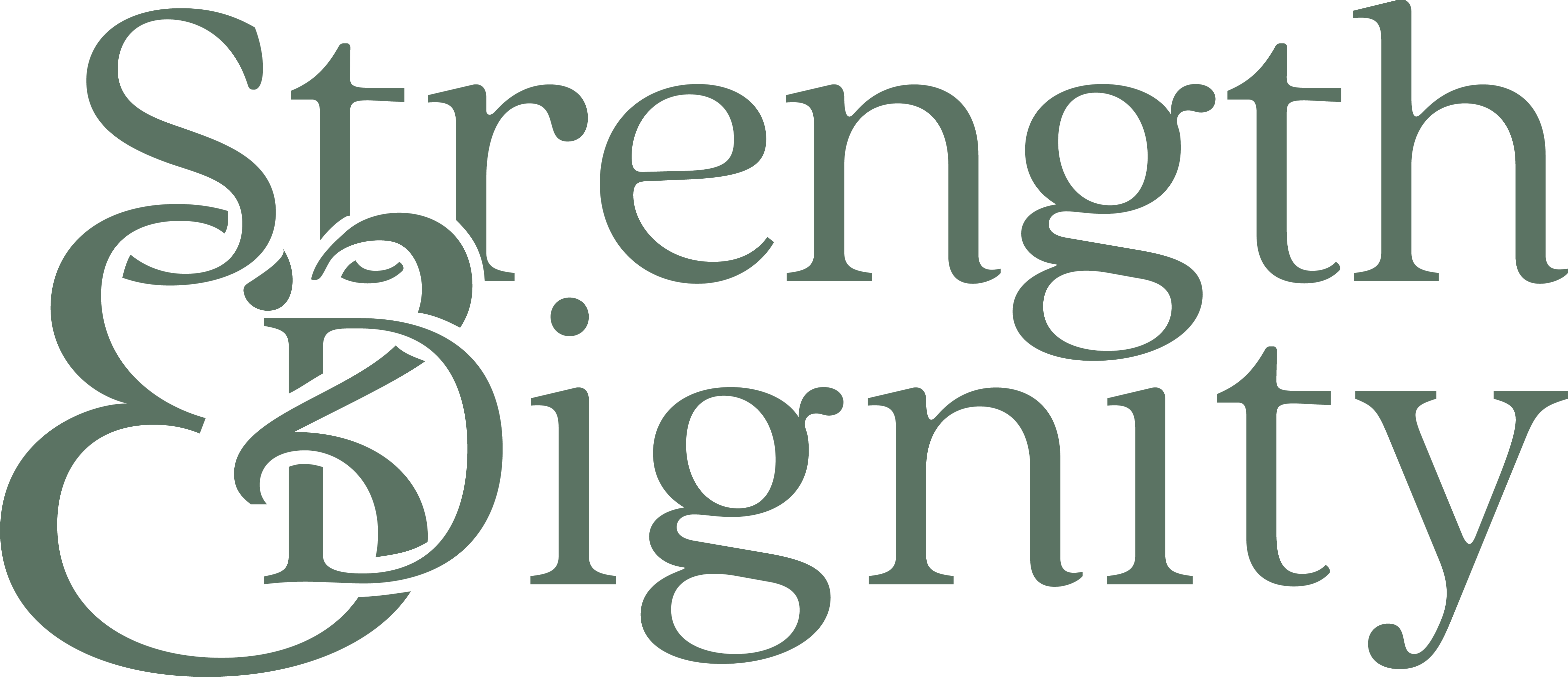
While wearing your baby can be a great way to be hands free around the house to get chores done or keep up with older children, it is important to have good ergonomics to reduce pain and limit the exacerbation of common postpartum conditions such as leaking, pelvic organ prolapse, and diastasis recti. Here are EIGHT tips to improve your baby wearing experience
- DO: Wear the hip strap snug around your hips. Having a strong foundation is key and resting the hip strap on your hips bones can help take some weight off your shoulders. A snug hip strap can also act as a pelvic stabilizer while you are still working to reconnect with your core in the first few months postpartum.
- DO: Ensure the mid-back strap is snug in the back. This helps to prevent the weight of baby from pull you forward putting extra strain on your mid-back. A snug mid back strap will help keep your chest open and keep your shoulders in place.
- DON’T: Lean or tilt to counterbalance the weight of baby. This can add stress to your body and lead to pain and injury especially as your baby’s weight increases.
- DO: Wear baby high to decrease the amount of forward pull they have on your body.
- DO: Stand tall through the top of your head focusing on straightening out the natural curves in your spine. While intended for shock absorption, too much load through the curvature of your spine can result in early degeneration and pain
- DON’T: Put pressure down through your pelvic floor or out through your diastasis. While it is temping to push out against the hip strap, poor pressure management can exacerbate any symptoms you have of leaking, pelvic organ prolapse or diastasis recti.
- DO: Prioritize on building strength throughout the time you are baby wearing & beyond. As your baby continues to grow, the demand on your muscles increases over time. It is important to perform regular strength training exercises to support your body in keeping up with the ever changing demands of motherhood.
- DO: Contact a pelvic floor physical therapist for a throughout evaluation if you are experiencing any pain, discomfort, or worsening of back pain or pelvic floor symptoms while baby wearing.
Hammond, A. (n.d.). Baby Wearing. Feeding, Baby Wearing, Carrying and Lifting Tips for Moms. Retrieved June 11, 2024, from https://sarahduvallpt.mykajabi.com/products/pregnancy-and-postpartum-corrective-exercise-specialist-2-0/categories/3005735/posts/10012181.
